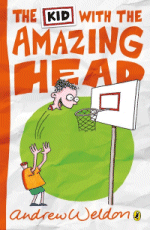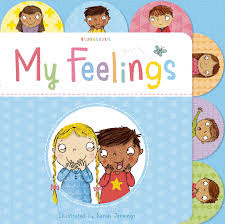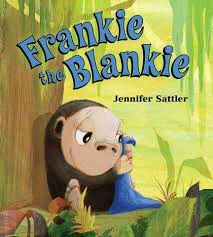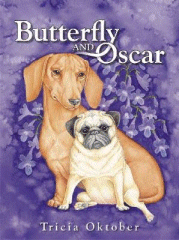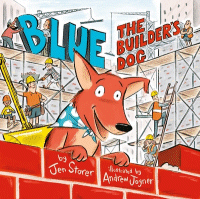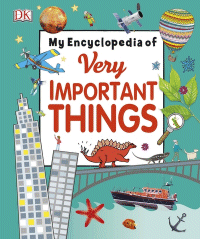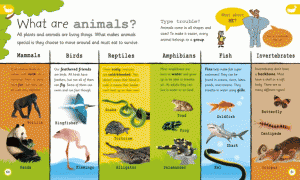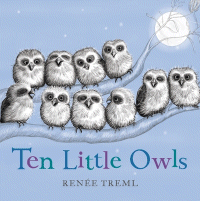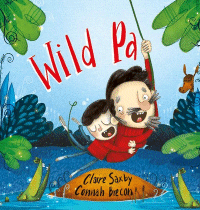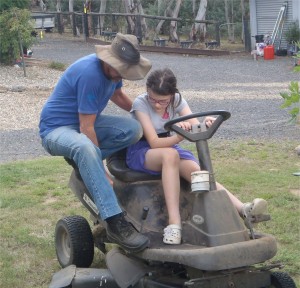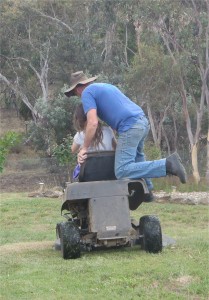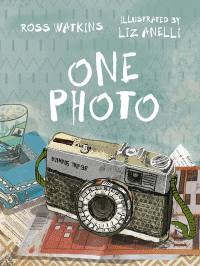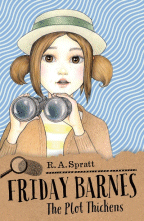
Friday Barnes: The Plot Thickens
Friday Barnes: The Plot Thickens
R. A. Spratt
Random House, 2016
240pp., pbk., RRP $A15.99
9780857989932
Friday Barnes is the daughter of two highly-intelligent, eccentric physicists who are so disconnected from her upbringing that they called her Friday even though she was born on a Thursday. She did have four siblings, all much older than her being born during the four-and-a-half years their mother had allocated for the task. Friday was not scheduled and her birth was fitted in around a lecture her mother had to give in Switzerland. Eleven years later, Friday had largely raised herself and she was happy with that. Her greatest wish was to be unnoticed because you could do so much more that way like eating a whole block of chocolate at once without it being taken off you. Unfortunately, it also means that you do not develop very good social skills particularly if you spend your time reading scientific tomes and educating yourself beyond the realms of anything a school could offer.
However, as well as the non-fiction her parents library consisted of, Friday had a penchant for detective novels because “being a detective allowed a person a licence to behave very eccentrically indeed” and she had honed her powers of observation and logical thought over the years. But the time has now come for Friday to go to high school and given her parents haven’t even realised she is no longer in preschool, it was up to her to sort it. She would have preferred not to go at all because she saw it as being all about “bullying, dodge ball and having to find a date for the prom” but the government was insistent that she do. She tried to compromise by applying for university and passed the exam to study medicine but was knocked back on her age.
So rejecting the idea of the Foreign Legion, the Peace Corps and being smuggled out of the country by people traffickers, after helping her ex-cop, private investigator Uncle Bernie solve a case she finds herself with the means to send herself to Highcrest Academy the best and most expensive boarding school in the whole country. Her intention is to stay under the radar, do what she has to do and leave. But things do not work out that way. But right from the start, her nondescript self-imposed uniform of brown cardigans, grey t-shirts and blue jeans makes her stand out among the fashion parade that is the elite, wealthy students who also attend the school.
And so, in this the fifth episode in the series, Friday is well-known to all at the school , either having got them into trouble or out of it at some stage.
Unfortunately, things do not start well for our heroine as she is immediately suspicious when the father of Ian Wainscott, best described as her frenemy arrives, declares he has been cleared of all charges and wants to whisk Ian off to the Cayman Islands. Using her knowledge of remarkable things, Friday not only proves the papers he is waving are frauds but she works out why he wants Ian so desperately. Thus Ian is not only once again reminded of his father’s lack of love for him but it’s done in front of his friends. So he sets out to get revenge and Friday becomes the butt of numerous pranks that actually put her in danger.
Throw in a decidedly dodgy art teacher who has a huge tax debt and no income, someone mysteriously defacing the school’s artworks with graffiti, a new PE teacher who thinks he can break Friday’s will and the ever-present Melanie whose droll comments add so much humour to the situation and here is another great tale for those who are independent readers and who are looking for an out-of-the-ordinary heroine. Throughout the story Friday finds herself embroiled in a number of incidents, all of which she solves with her incredible knowledge and logic, and all of which eventually contribute to the big picture in some way.
This is a series that is best read in sequence as one book leads to another and the last few pages of this one set the scene for Danger Ahead which will be released in January 2017. Independent readers from Yr 3+ will love it.
